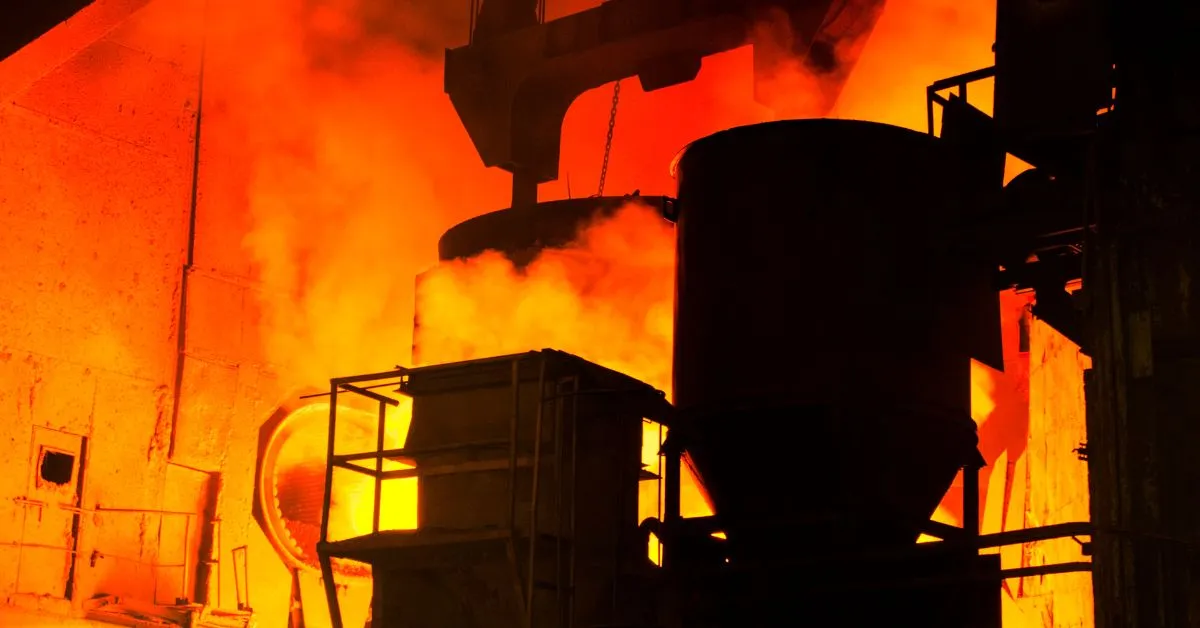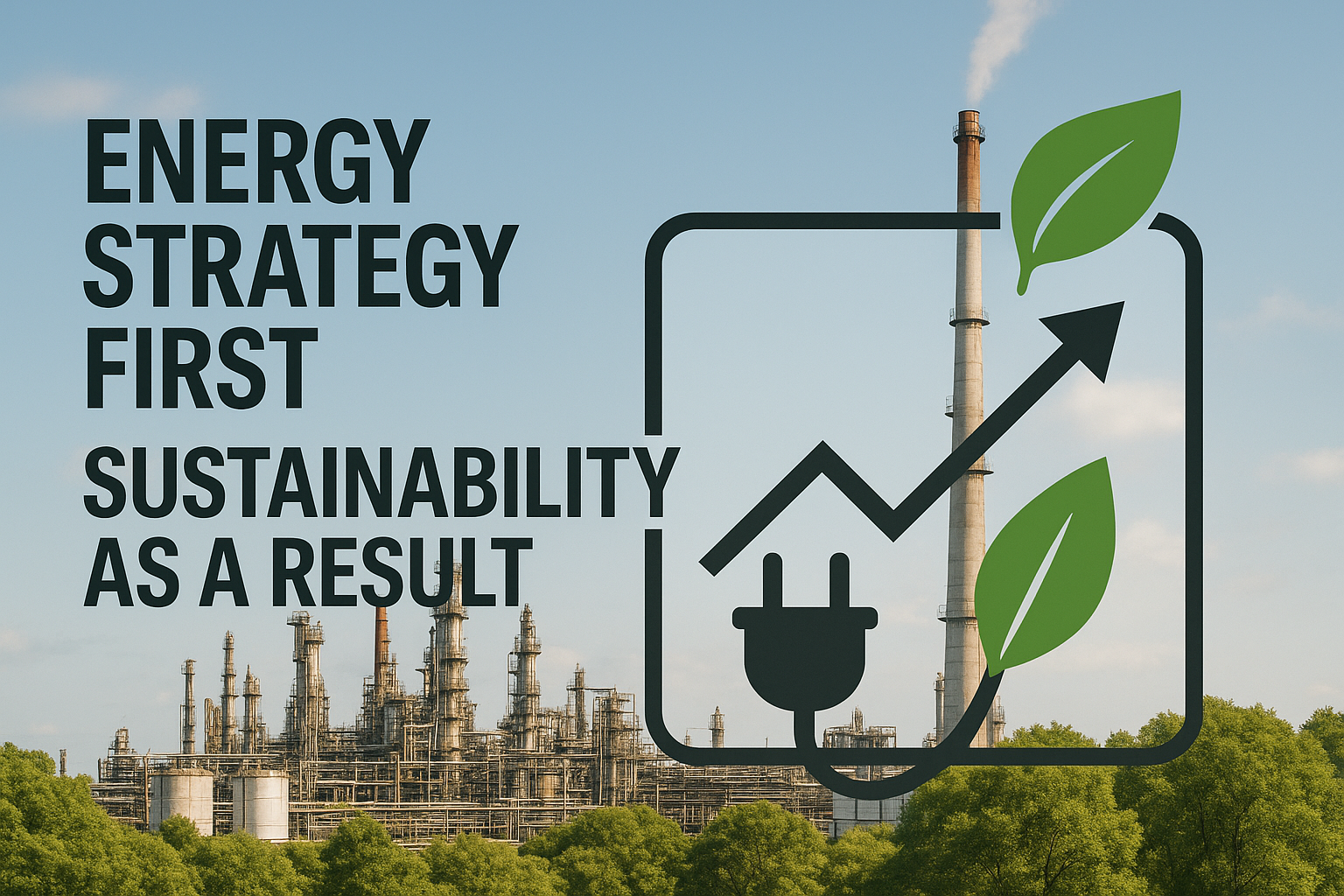If you manage a smelter, energy can eclipse labor as your single biggest operating expense; studies show it’s often the largest or second-largest line item on the profit-and-loss statement. Smelting’s appetite for power is staggering: high-temperature stages alone consume a sizeable share of total industrial electricity demand.
Inefficiencies compound the problem. By processing real-time plant data and steering your furnaces towards optimal targets in real-time, modern AI solutions reduce fuel use, increase throughput, and identify failures before they escalate. The following three proven strategies —energy cost reduction, throughput maximization, and downtime minimization —can put measurable dollars back on your balance sheet.
1. Cut Energy Costs With AI-Driven Furnace Control
Energy costs alone account for approximately 20% to 40% of total production expenses. Early adopters of industrial AI have experienced cuts in natural-gas usage, savings that flow straight to profit. The key lies in continuous streams of temperature, gas-flow, and feed-rate data that feed an AI model learning your plant-specific operations in real-time.
The optimizer keeps a live replica of the furnace’s thermal profile, then writes precise setpoints back to the distributed control system (DCS) every few seconds. This AI model, alongside advanced process controllers, highlights a dual approach combining technology with traditional control systems, allowing the AI to fine-tune temperature, airflow, and fuel blend while APCs maintain hard safety constraints.
Modern Closed-Loop AI Optimization solutions integrate seamlessly with your existing historians and DCS infrastructure—no rip-and-replace required. A data-first approach maps sensors, cleans bad tags, and continuously validates model performance, ensuring value persists long after go-live.
By letting AI shoulder the micro-adjustments, you reclaim energy dollars today and position your plant for more sustainable operations tomorrow, setting the stage for the next payoff: squeezing more metal through the same furnaces without touching capital spend.
2. Maximize Throughput Via AI-Powered Charge & Flow Optimization
When every extra tonne you push through the furnace translates directly into profit, even a small boost matters. Mining, Minerals & Metals sites using Closed Loop AI Optimization (AIO) technology report 2–5% improvements in throughput, proof that smart charge and flow control pays off almost immediately.
The heart of these improvements lies in three levers that AI Optimization tunes in real time. A recurrent neural network functions like a digital twin, working alongside advanced process controllers, solving multiple objectives at once while a self-adaptive tuner keeps the model relevant as ore quality drifts.
AI Optimization leverages three key optimization levers:
- Charge Mix Optimization: AI mines historical data on ore chemistry, energy use, and tap weights to predict blend performance. The system automatically adjusts target ratios when forecasting indicates a better recipe (e.g., more recycled returns, less high-silica concentrate).
- Feed Rate Control: Reinforcement learning (RL) controllers adapt to the lag between concentrate addition and temperature response, optimizing belt speed or ram stroke to maintain ideal metal flow.
- Constraint Management: Real-time monitoring of bath temperature, off-gas pressure, and transformer load keeps operations within safety parameters. By correlating multiple sensor streams, the system eliminates micro-inefficiencies that drain capacity throughout shifts.
Front-line operations staff still own the final call, but the data show the model wins more often than not. Because the same architecture leverages existing infrastructure, you avoid a costly rip-and-replace capital expenditure.
Higher volumes mean little if an unexpected outage forces a full reheat, so the next strategy tackles how AI optimization slashes unplanned downtime before it derails your hard-won throughput improvements.
3. Slash Unplanned Downtime With Predictive & Prescriptive AI
A smelter that sits idle for even an hour leaks revenue, wastes energy reheating furnaces, and strains delivery commitments. AI-driven forecasting and optimization offer a way to break that costly cycle by spotting trouble long before it derails production and then telling you exactly how to avert it.
Advanced AI models analyze the full history of vibration, temperature, current, and pressure data to forecast failure windows with precision. Long short-term memory (LSTM) models have already been deployed in heavy-industrial plants to flag equipment degradation days in advance, giving planners the time to schedule repairs on their terms instead of the equipment’s.
The next step evaluates economic impact, parts availability, and safety constraints to recommend the lowest-cost intervention path, whether that means replacing a bearing during the next heat or tweaking operating limits to nurse a transformer through quarter-end.
Inside a smelter, these models continuously scan for patterns that precede mechanical issues such as bearing wear or exhaust-fan imbalance, electrical hot spots in transformers or high-current busbars, and process anomalies like slag foaming, electrode erosion, or off-gas excursions.
Transform Your Smelting Operations With Imubit
Whether you’re running a copper, aluminum, or steel smelter, Imubit’s approach can revolutionize your furnace operations. Leading smelters worldwide have already harnessed this technology to achieve measurable improvements in energy efficiency, production throughput, and operational uptime.
Imubit’s Closed Loop AI Optimization solution creates a simulation of your smelter, using your historical data to project potential improvements without touching your control systems. Our technical team collaborates with your operations leadership for review and implementation planning, ensuring all projections align with your facility’s specific needs.
Built specifically for high-temperature metallurgical processes, evaluated by smelting experts, and validated against real furnace performance, this approach delivers actionable insights without disrupting your existing control infrastructure. Schedule your free consultation today —because the next generation of efficient, profitable furnace operations belongs to those who embrace industrial AI first.




